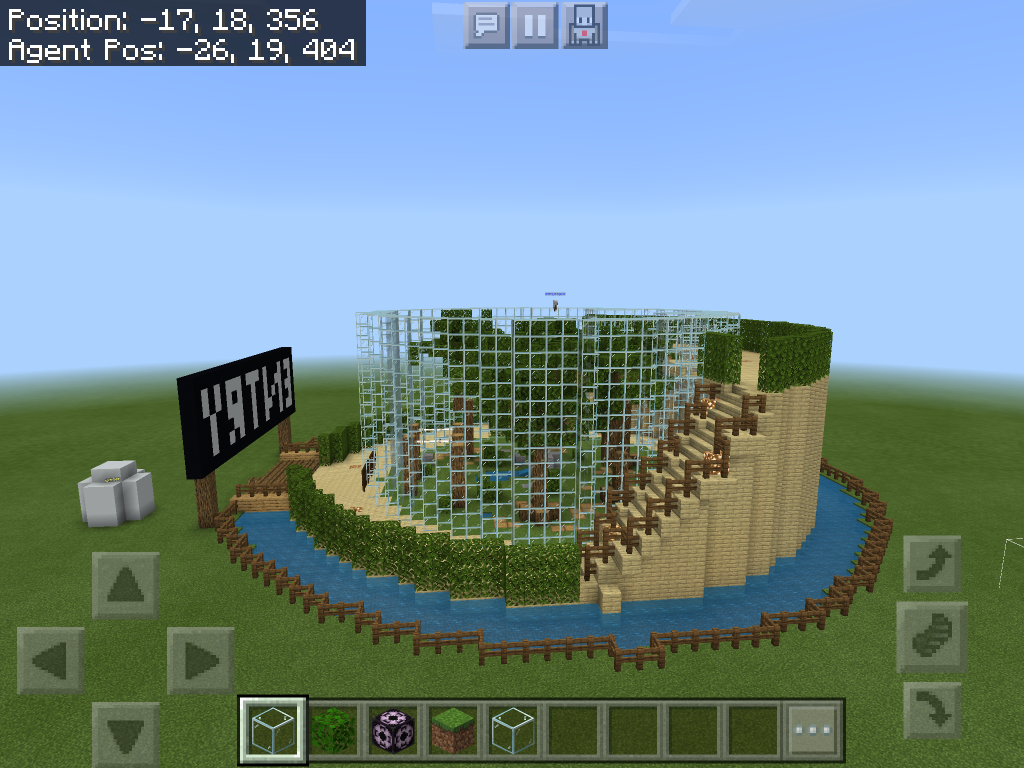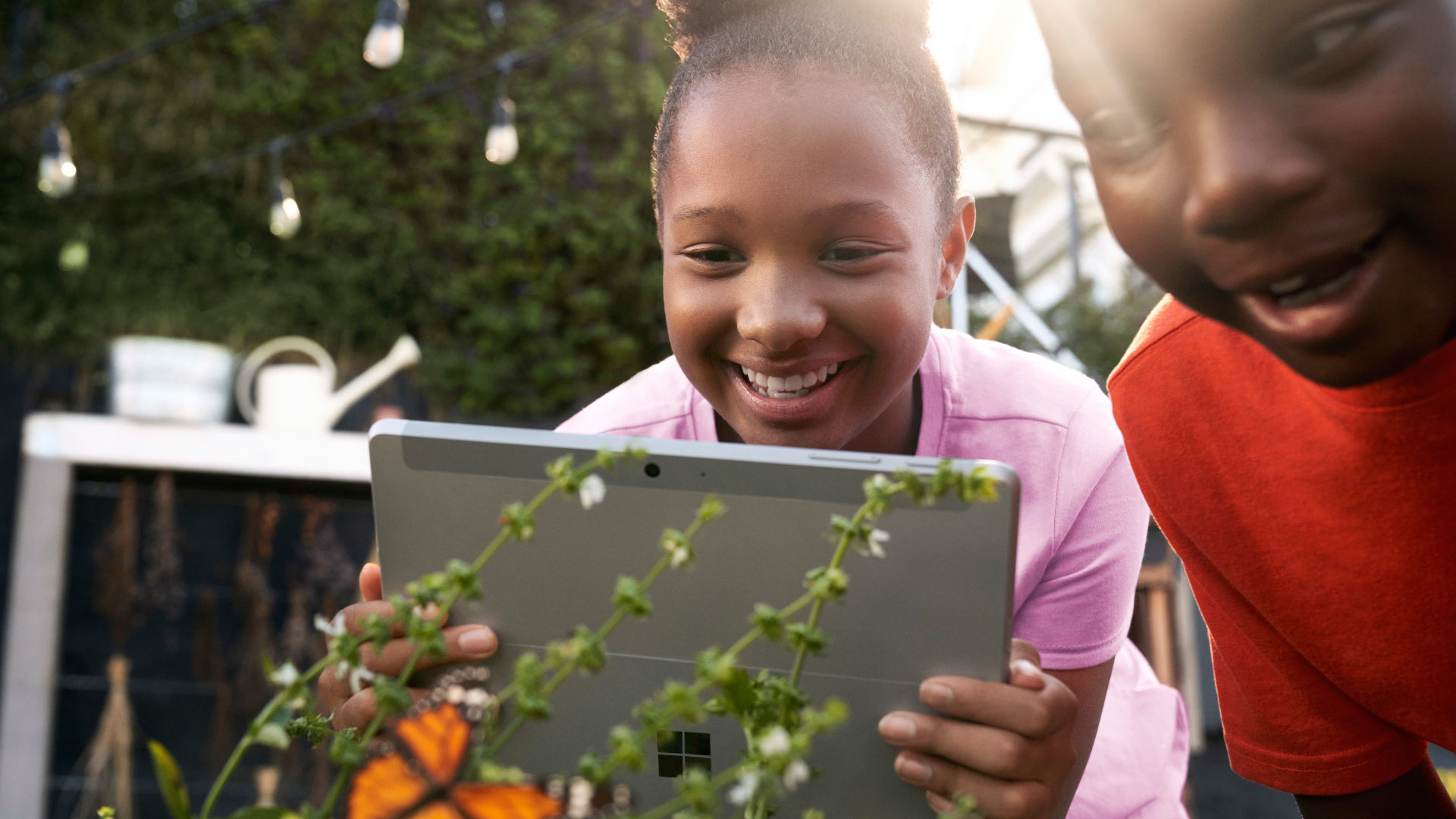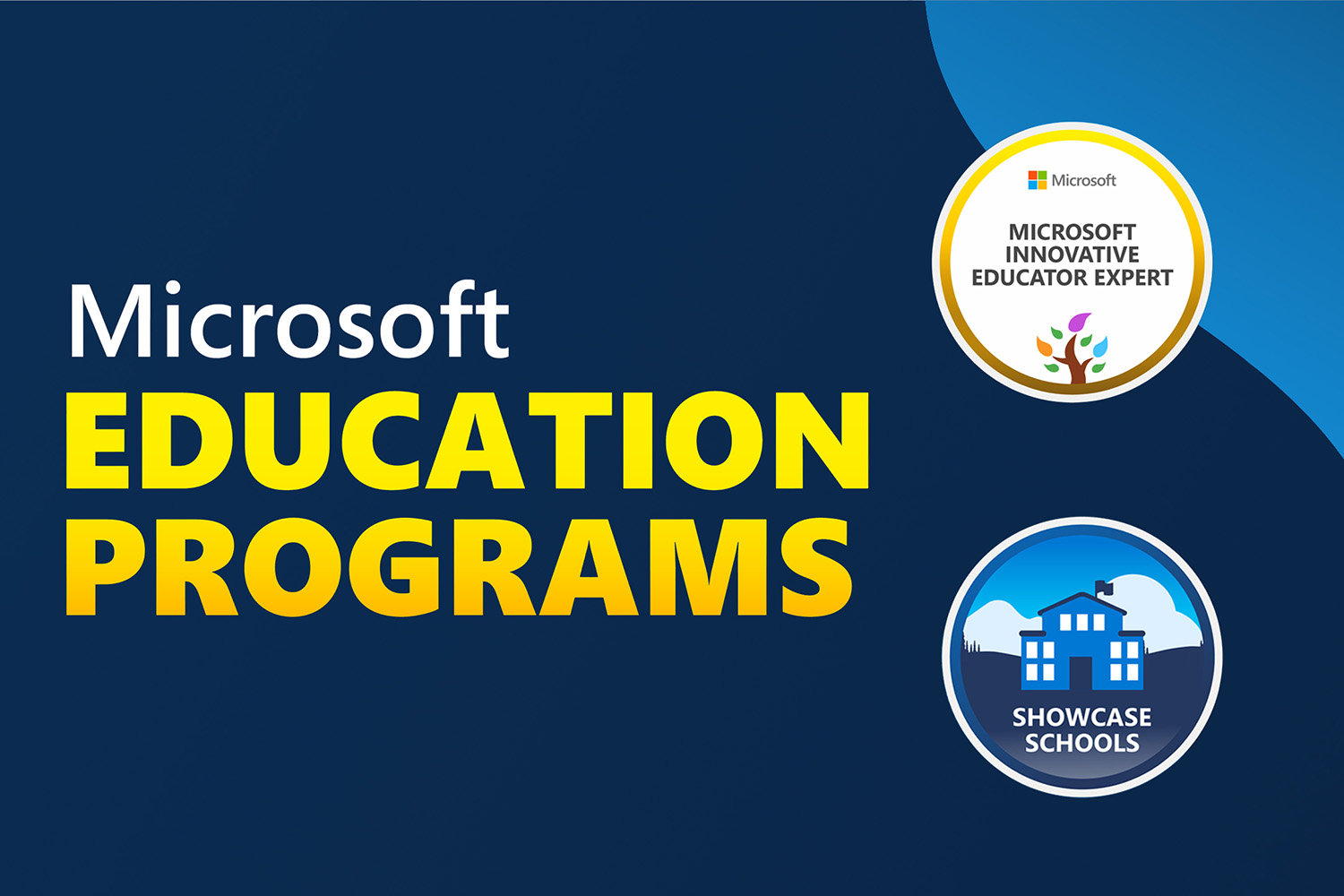When Tracy Tindle asked one of her Year 5 students, who often struggled with written assignments, to instead use Minecraft: Education Edition to complete a project, the transformation was immediate and important.
A Year 5 Teacher at Queensland’s Marshall Road State School, Tindle teaches an integrated design technology and media arts course, and asked her class to use Minecraft: Education Edition (EE) to design and build an animal enclosure. The term before, as part of a science project, students had learned about the animal they would design along with the type of enclosure it would need.
Students then designed their animal and enclosure, using environmental data to justify its structure and climate. They also planned for and explained the health and safety risks and solutions for animal keepers and visitors to the enclosure.
When the student who struggled with traditional assignments presented his Minecraft: EE based work, and an audio track that accompanied the walkthrough of the enclosure it was clear to Tindle that this was a mode of learning that resonated for the student. He was able to go into great detail, and convey to her that he had fully understood the work and significantly advanced his learning.
The icing on the cake was when Tindle 3D printed the enclosures that her students had designed, then showed completed designs to people familiar with the real-life enclosures. She learned that the Minecraft models were very very similar to what you would find in the real world – this was learning in action.
This year Tindle has repeated the project, but instead of 3D printing the models, she has exported the students’ 3D files from Minecraft to Adobe Aero which allows the design to be blown up and used for a walk-through experience.
Brisbane based, Marshall Road State School turns 60 in 2020 and has just over 500 students. All classes in years 4-6 user BYO devices and Tindle has been running a series of professional development initiatives for other teachers at the school so that they can also use Minecraft: EE in their lessons.
Students at Marshall Road are first introduced to Minecraft: EE in Year 3 and the system is used across the curriculum in science, maths, design technology, media and arts, English, history and social studies.

Year 6 students for example use Minecraft: EE to build power stations when they are learning about different power options such as solar and wind power, while other classes have used it to model the solar system or design built environments to explore how they respond when a natural disaster such as a volcanic eruption occurs.
Year 4 students meanwhile are using Minecraft: EE to create a virtual walkthrough for the Emily Rodda novel, Rowan of Rin.
According to Tindle all students are very keen to use Minecraft: EE;
“It opens the door for kids that might find traditional written assessments a challenge. This helps them to put their thoughts out there.”
Minecraft: EE also provides a route to entry level coding, she adds. For example, when Tindle’s class was using Minecraft: EE to build a scaled solar system they were able to use Minecraft co-ordinates to calculate the diameter of each planet and its distance from the sun, and then use some basic coding to construct the planets.
“The kids were doing all the maths for how wide, how big the planets need to be, how far from the sun – and the coding around building spheres,” she says.
Minecraft: EE assignments, she says, often allow students to shine who might be less forthcoming in more traditionally structured lessons and empowers them to also support their peers.
Tindle adds that they also learn soft skills such as communications, collaboration and how to fairly divide tasks in a group project.
Students also have to take on board the ethics associated with using Minecraft: EE. “We always set some quite strong rules – we don’t want people to be blowing things up or randomly destroying things. So we tell them ‘don’t set off a million blocks of TNT, or spawn 50 million chickens.’ When something does happen then we get the community to fix it.”
Acknowledging that parents can sometimes perceive Minecraft as a game rather than an educational tool, Tindle says that with Minecraft: EE; “When they look at what the kids have done, they really quickly see this is fantastic.”
Our goal at Microsoft is to empower every student to achieve more and to do this we have a range of resources available to support educators in achieving better learning outcomes for all students. Find the right Windows devices for your students, deploy Office 365 Education with ease, join our Educator Centre for free training and connect with others, or attend one of our MS Edu Meets or IT IQ Edu Meets workshops.
Follow us on Facebook and Twitter for our latest updates.



